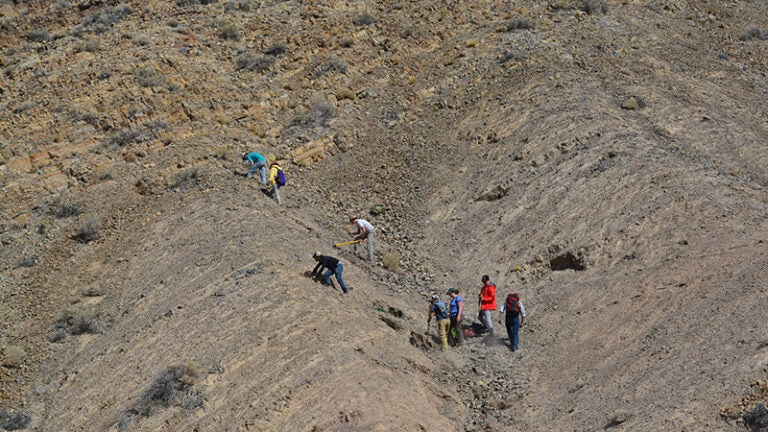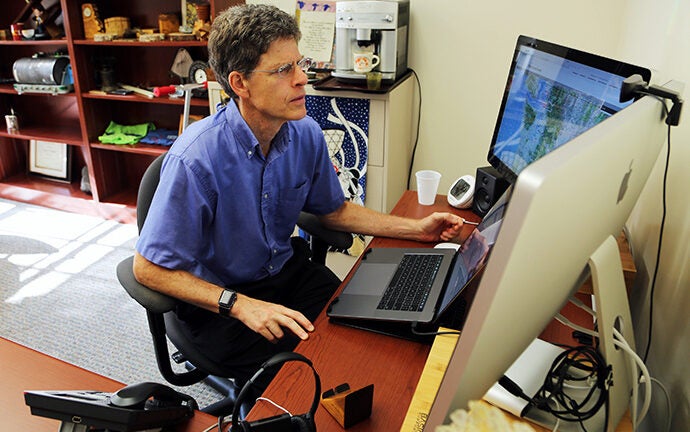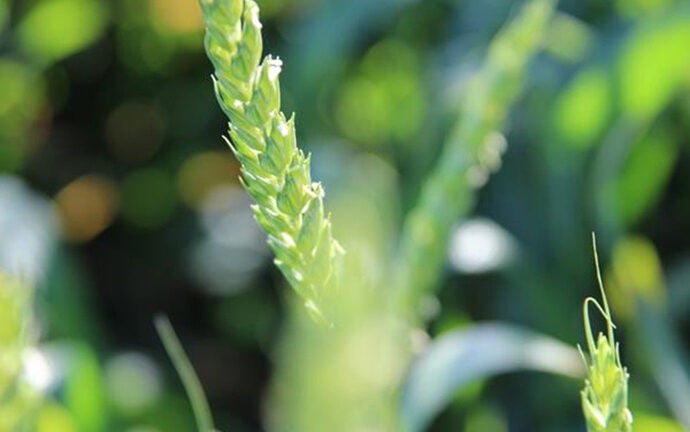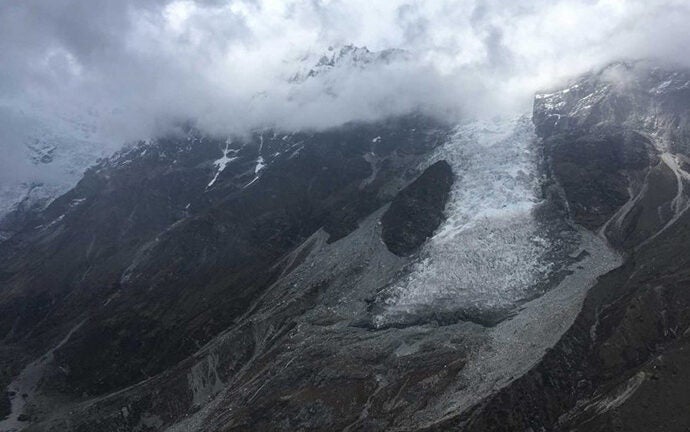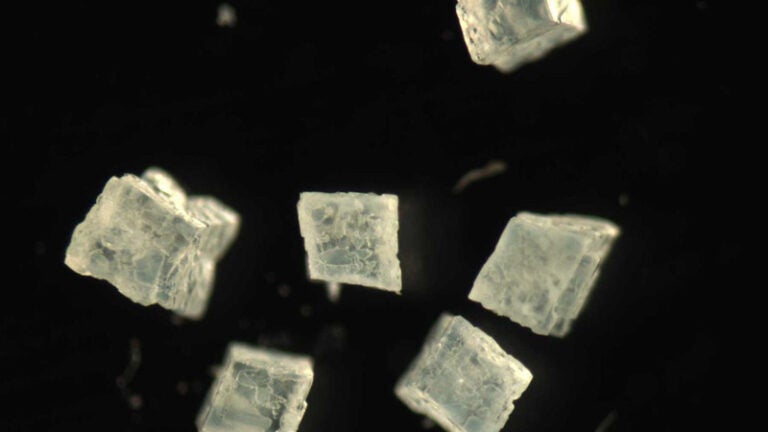How will toxins released into the ocean from the huge Thomas Fire and subsequent mud slides impact local ocean life? An adventurous team of Earth and environmental scientists is determined to find out.
USC Dornsife News
Beneath our very feet — and below the vast oceans — the past lies preserved, waiting for its dormant wisdom to be unearthed once again. As USC Dornsife researchers explore ancient fossils and artifacts, they look to this immortalized record of what once was to understand the future and how we can act to ensure we remain a part of it.
Powered by a network of more than one thousand researchers from around the world, the center is at the forefront of earthquake system science.
Students on a Maymester course travel to Argentina to undertake hands-on geological fieldwork, studying the 470 million-year-old Famatinian Arc and learning to work as an international research team.
As water supplies decline in major agricultural states, Sarah Feakins of Earth sciences explores how to generate more drought-resistant food crops.
Widely varying CO2 levels are nature’s way of self-regulating against future runaway glaciation, according to Joshua West of Earth sciences and environmental studies.
The son of a traveling shoe salesman, Fischer became a world leader in sedimentary geology and a devoted teacher whose warm and friendly personality was appreciated by colleagues and students alike.
Scientists speed up a natural process that occurs deep in the ocean, raising the possibility that humans could help the Earth cope with greenhouse gases.
Contact USC Dornsife News
Media Inquiries
Contact Ileana Wachtel


